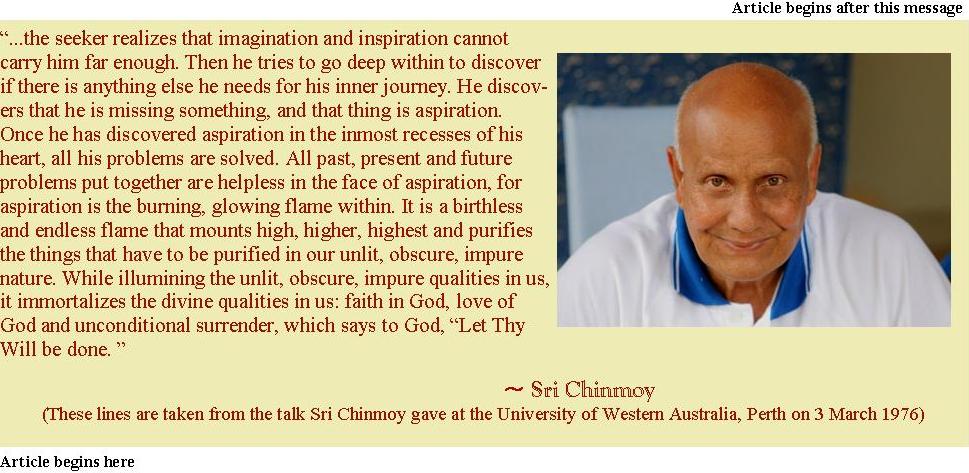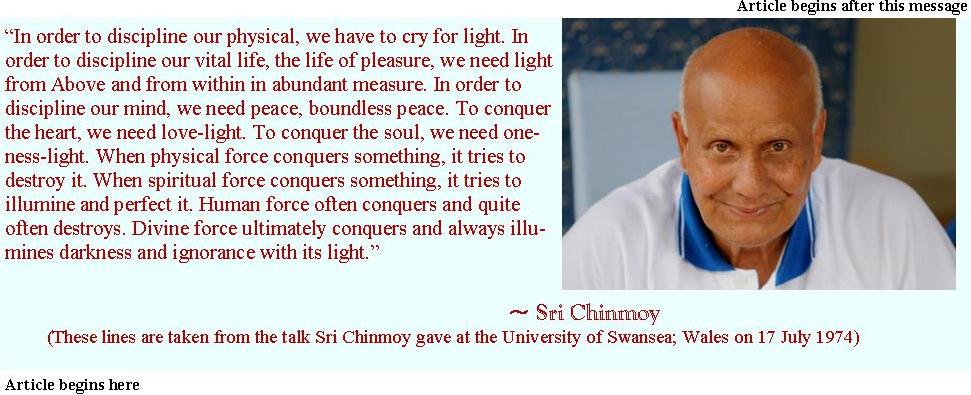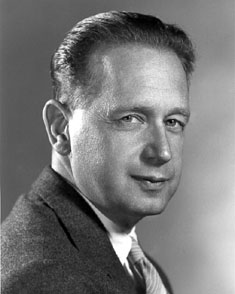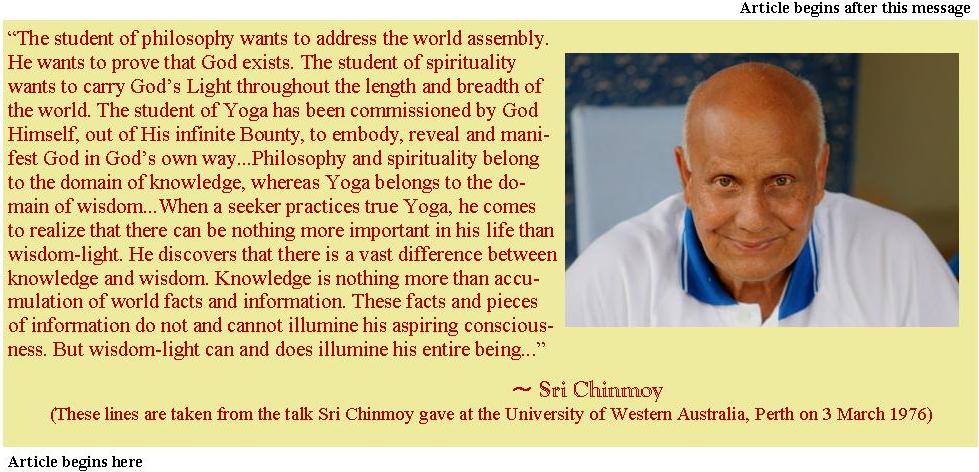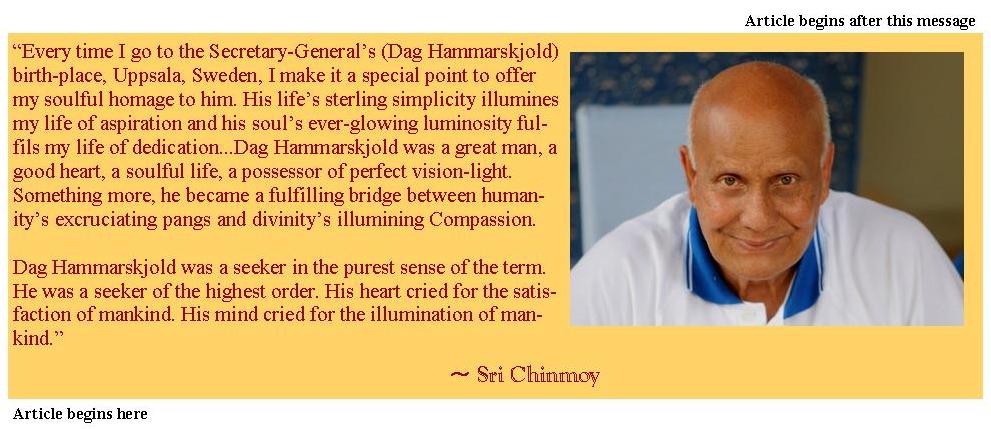
Over Christmas I saw quite a few beautiful rainbows. Their short-lived transience makes the thrill even greater.
However as a photographer, I was caught between living the moment and trying to capture on film. The momentary arrival of a rainbow can come with a tinge of sadness that everything soon passes on earth. Part of you wants to hold onto the rainbow’s beauty before it slips away.
The world is in a constant state of flux. Everything is fleeting – nothing lasts. The rainbow exemplifies this birth and death – all within a few minutes. It lifts our spirits, but then is gone.
***
The sweet rainbow comes and goes,
But its beauty remains.
The dear sun comes and goes,
But its duty remains.
The faithful day comes and goes,
But its sound remains.
The restful night comes and goes,
But its silence remains.
Sri Chinmoy
– Wings of Light, part 11, WL-529
In this poem, Sri Chinmoy reminds us of the beauty which is everlasting. It echoes the immortal words of John Keats.
“A thing of beauty is a joy forever”
We love the outer rainbow, not just for its unique light, but because it also – consciously or unconsciously – reminds us of the soul’s world and the inner beauty.
In the poem, Sri Chinmoy suggests we should not mourn the fading of the outer light because its Source is eternal. The outer beauty is a just reminder to seek the inner light.
Photo top: Tejvan (Wharfedale, Yorkshire, 25th December, 2016)





